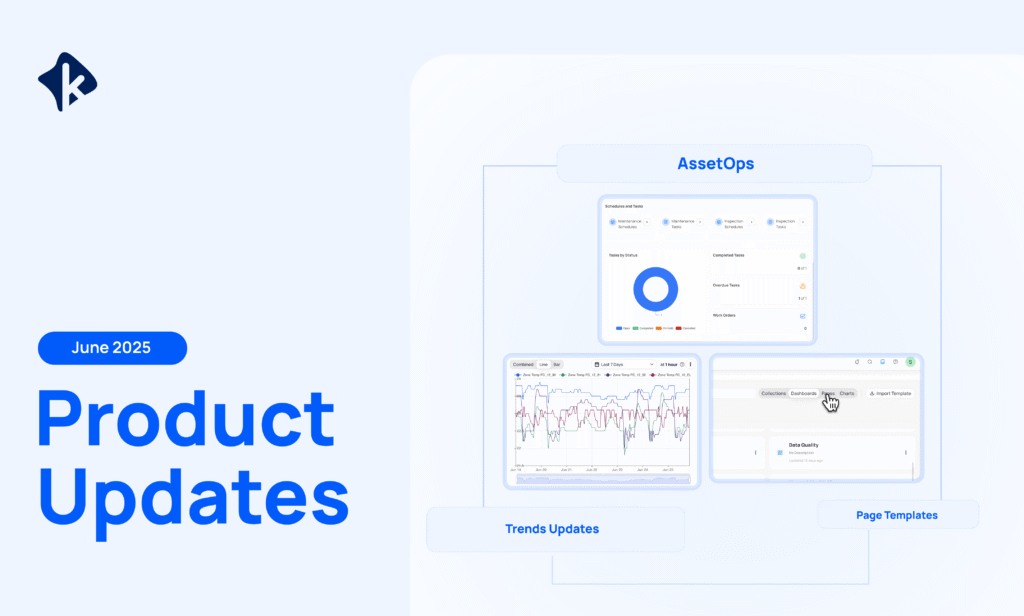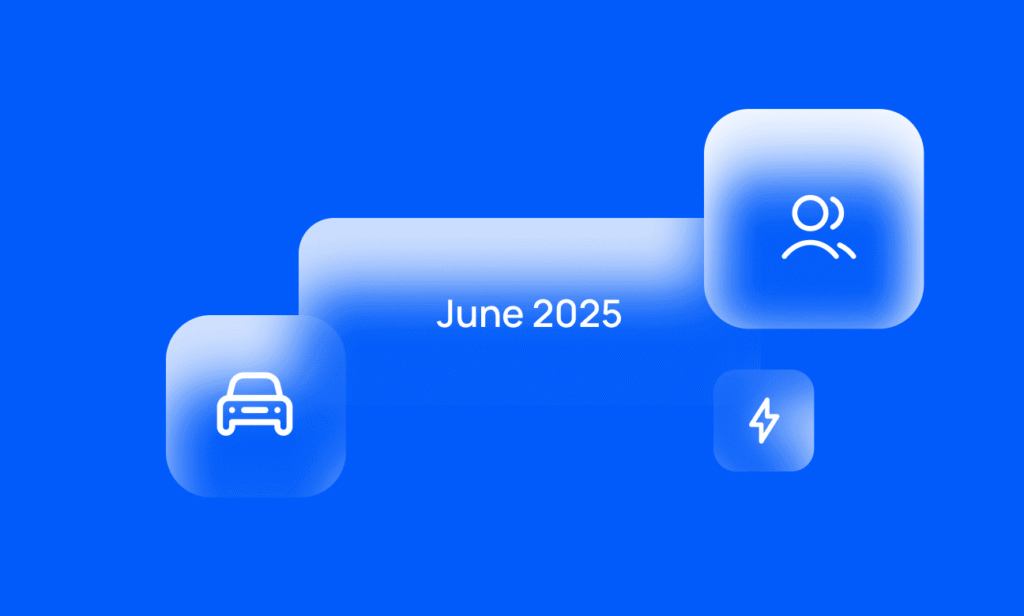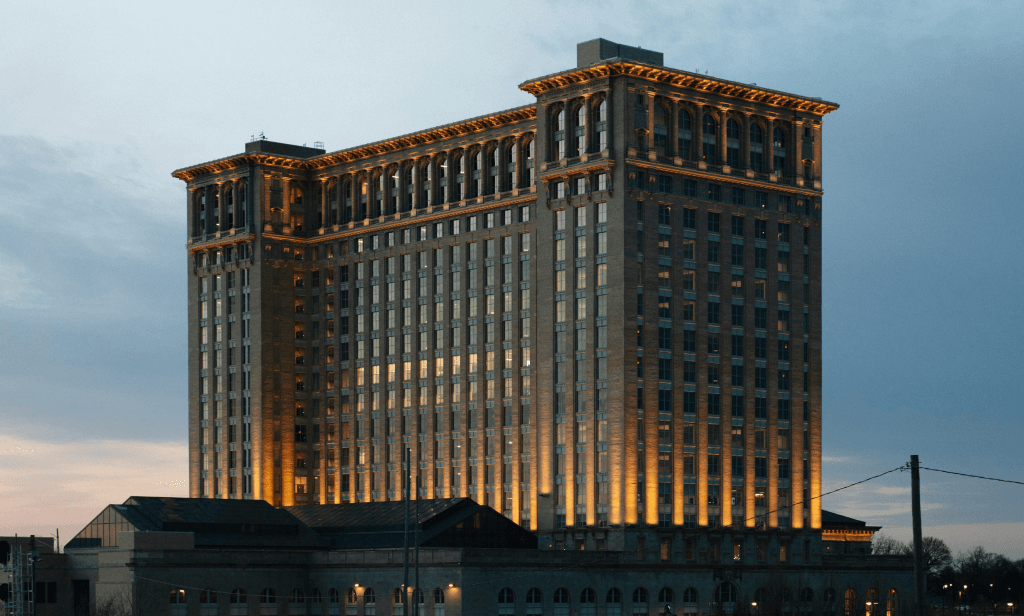On this page
Sign up to our newsletter
Subscribe to receive the latest blog posts to your inbox every week.
By subscribing you agree to with our Privacy Policy.
There are over a dozen cities and states across the US, in addition to the federal government, that have adopted some form of building performance standards, which are used as a way to reduce carbon emissions and energy use in residential and commercial buildings. To zoom out to GHG reduction targets in general, 45% of states have established targets. This is a trend that was sparked by NYC, however, this will become the norm as we get closer to 2050. It’s something that building owners and property managers need to be aware of and prepare for if they aren’t already being impacted to ensure their building remains valuable in the near future.

What is Local Law 97?
Local Law 97 was included in the Climate Mobilization Act, passed by the City Council in April 2019 as part of the Mayor’s New York City Green New Deal. Under this law, most buildings over 25,000 square feet are required to meet new energy efficiency and greenhouse gas emissions limits starting Jan 2024, with stricter limits coming into effect in 2030. The goal is to reduce the emissions produced by the city’s largest buildings 40 percent by 2030 and 80 percent by 2050.
Financial Penalties: An owner of a covered building who submits a report indicating that their building exceeded its annual building emissions limit will be liable for a civil penalty equal to the difference between the building emissions limit for that timeframe and the reported building emissions for that year.
When does it take effect? May 1, 2025: First compliance report due for most covered buildings, including multifamily buildings with 35% or greater rent regulated units and houses of worship. The report reflects emissions in the calendar year 2024, so you need to begin compliance in Jan. 2024
Penalty for non-compliance
Beginning in 2025, an owner of a covered building who has submitted a report pursuant to section 28-320.3.7 which indicates that such building has exceeded its annual building emissions limit will be liable for a civil penalty. For each metric ton of carbon over the limit, the building needs to pay $268.
The City estimates that about 20-25% of buildings will exceed their emissions limits in 2024, if they take no action to improve their building’s performance. In 2030, if owners take no action to make improvements, approximately 75-80% of buildings will not comply with their emission limits. In addition to the civil penalties set forth in Local Law 97, the Buildings Department may also issue violations for non-compliance with the law. These violations have yet to be formally defined by the City.
How to use KODE OS to comply with LL97
KODE OS has the ability to assist property owners and managers in fulfilling their obligations under their building performance standards policies. It streamlines the process of data collection, standardization, and reporting, ensuring that buildings can proactively manage and reduce their carbon emissions and energy consumption in compliance with regulations. Here’s how KODE OS can be your ally in complying with these standards:
1. LL97 Compliance Monitoring:
- Continuously monitor and report carbon emissions on an hourly basis using real time meter and utility bill data.
- Monitor your building’s emissions and energy consumption indefinitely.
- Track your building’s performance against the emissions limits set by Local Law 97, ensuring that you remain compliant over time.
- Set up alerts for potential non-compliance instances.
2. Data Sharing:
- Automate data sharing between KODE and third-party platforms for accurate and efficient ESG reporting
3. Energy Savings with Energy optimizations, Digital Commissioning, and Fault Detection & Diagnostics:
- Our Energy Optimizations use machine learning to determine when to turn on the systems without sacrificing comfort.
- Schedule equipment functionality tests with Digital Cx and review the list of prioritized alarms with FDD so you can identify potential issues before they become costly. This in turn, optimizes equipment performance, extends its lifetime, and conserves energy.
4. Data Normalization and Standardization:
- Standardize and normalize all LL97-related data for integrity and accuracy.
- Check for discrepancies, missing entries, and errors in the data to guarantee that it aligns with the reporting requirements outlined in LL97.
- Create variance reports to identify and address inaccuracies and variances in your energy and emissions data.
5. Energy Consumption & Greenhouse Gas (GHG) Reports:
- Generate energy consumption reports on a monthly, quarterly, and annual basis.
- Gain insights into your building’s energy usage patterns, helping you measure its performance and identify areas for improvement to meet LL97 energy efficiency goals.
- Simplify GHG data collection and reporting in compliance with LL97.
Key takeaways
- Building performance standards are becoming more widespread, following the implementation of Local Law 97 in NYC.
- Local Law 97 is a law limiting greenhouse gas emissions in commercial and residential buildings, mostly over 25,000 SQFT.
- There is a financial penalty for reporting emissions that are over the limit for your property type, to the tune of $268 per metric ton of carbon.
- KODE OS can help you comply with building performance standards in a variety of ways such as automatic reporting to third parties, reducing energy consumption through equipment optimization, and tracking compliance in real time.
Want to see KODE OS in action and understand how it can help you comply with any building performance standards in your locale? Schedule a call to learn more.



